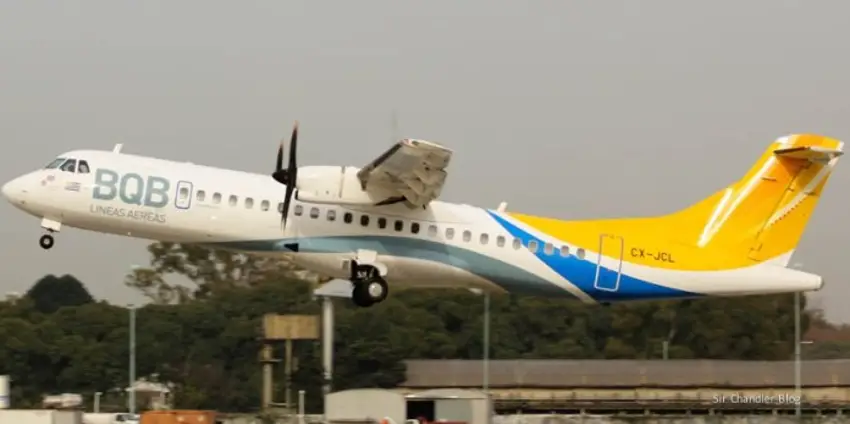In a move to improve its regional connectivity, the Uruguayan government is preparing to announce the launch of a new flag carrier, 100% privately owned. Tabaré Viera, Minister of Tourism, revealed this development during the International Tourism Fair in Madrid indicating that official announcements are expected in February 2024.
According to Viera, the next airline will be completely private and the Uruguayan government will expedite the validation processes to facilitate its establishment as the next airline based in the country.
Juan José Olaizola, Acting Minister of Public Works, shared his thoughts on the preparations leading up to this announcement. In the second half of 2023, discussions were held with a regional investor group focused on transportation and logistics. The need for an Uruguayan flag carrier emerged as a key issue during these deliberations, considered crucial to improving connectivity.
Olaizola noted that the investor group has shown interest and progress has been made. The plan is to formally present these advances in February to the National Directorate of Civil Aviation and Aeronautical Infrastructure (Dinacia), with the aim of consolidating the airline as a predominantly private venture.
The initiative is aligned with the current development of the National Airport System, coinciding with the planned inauguration of the Salto airport terminal on February 23.

Past challenges with «flag» airlines
Over the past twelve years, Uruguay has witnessed the rise and fall of four flagship airlines.
The most recent to bid farewell was Amaszonas Uruguay, the country’s last private airline, which operated CRJ 200s and briefly Embraer 190s between 2015 and 2020. The Bolivian holding company’s financial difficulties led it back to Bolivia and eventually to be sold to Nella Airlines, ceasing operations in the last quarter of 2023.
Previously, Alas Uruguay had a short-lived stint, operating with Boeing 737-300s for nineteen months, between March 2015 and October 2016. It arose in response to the cessation of operations of Pluna and BQB Líneas Aéreas, the latter managed by former employees of the historic Uruguayan airline Pluna.

BQB Líneas Aéreas, operated by the group of ferries crossing the Rio de la Plata between Argentina and Uruguay, was also part of the Uruguayan air scene. With ATR 72-500, and temporary acquisitions of an Airbus A320 and later an A319, it operated between 2010 and 2015, establishing an extensive network of destinations spanning Argentina, Brazil, Chile, Paraguay and even domestic destinations.
In its final months, Grupo BQB, including the ferry service, faced financial challenges, leading them to sell the airline with the Air Operator Certificate (AOC) to Amaszonas.

On the other hand, Primeras Líneas Uruguayas de Navegación Aérea, known as PLUNA, held the title of the largest and oldest Uruguayan airline from 1936 until its closure in 2012. Maintaining a diverse, mostly U.S.-made fleet, it connected the United States, South America and Europe.
Its most emblematic aircraft included the Douglas DC-3, Vickers Viscount, Boeing 737-200, DC-10, Boeing 757-200, Boeing 767-300 (ER), and finally, the Bombardier CRJ-900 with thirteen units, the largest number of aircraft of the same model in PLUNA’s history.
On July 5, 2012, the government of José Mujica made the decision to end PLUNA’s operations, after 76 years of operations. It attributed the measure to financial and equity insolvency, resulting from the failure of the last partnership with investors, especially the abrupt exit of the investor Leadgate Investment.

Uruguay stays connected with private airlines
Despite these challenges, Uruguay has maintained regional connectivity through partnerships with foreign airlines. According to the Cirium platform, they indicate a stable supply of air seats, ranging between 2.6 and 3 million, with expectations to exceed pre-pandemic levels by 3.6% in 2024 compared to 2019.
The Uruguayan government has strategically collaborated with international airlines, including AZUL, JetSMART and Sky Airline, to sustain connectivity and foster economic growth.
Currently, Uruguay is connected to 20 destinations from the United States, Panama, Spain and South America with 12 airlines.














